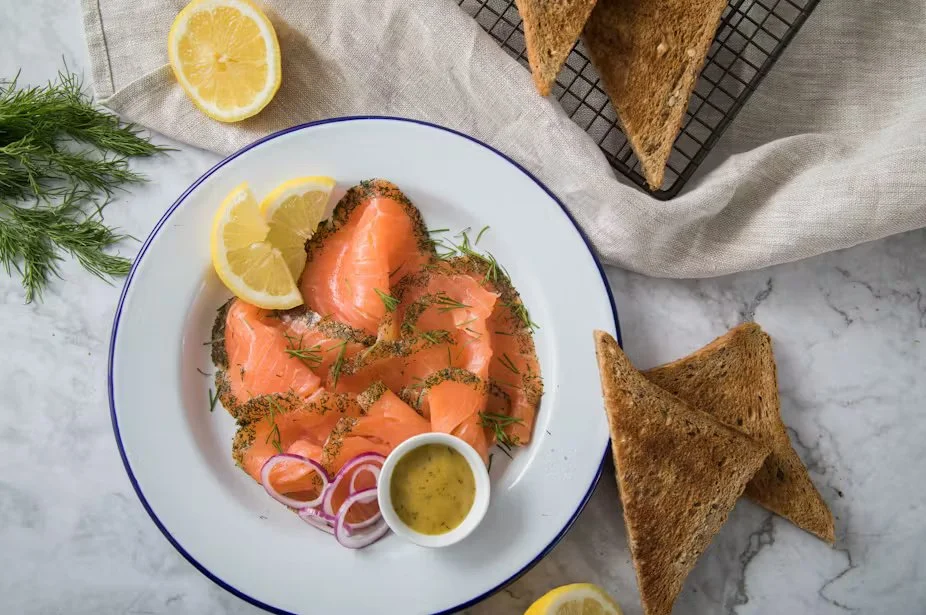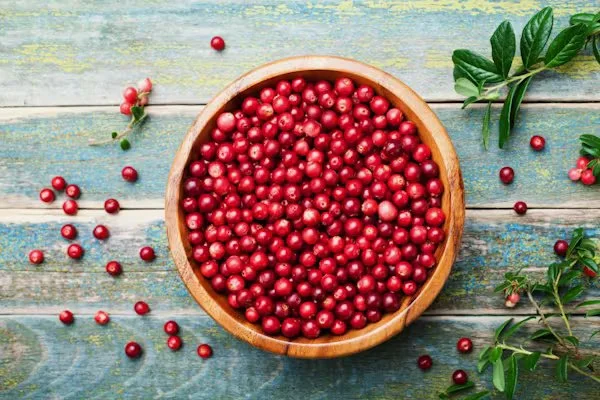The Nordic Diet: A Science-Backed Alternative to Mediterranean Eating
Fatty fish, such as salmon, are a staple of the Nordic diet. Christin Klose/ Shutterstock
For years, the Mediterranean diet has held the spotlight as the gold standard for heart health and longevity. Yet, another regional way of eating has quietly gained traction: the Nordic diet. Emerging from countries like Sweden, Denmark, Finland, and Norway, this eating style offers a fresh, science-backed alternative—with ingredients rooted in the cold north.
Unlike fad diets, the Nordic diet isn’t about elimination or extreme restriction. Instead, it focuses on locally sourced, seasonal, and minimally processed foods, emphasizing both nutrition and sustainability.
What Is the Nordic Diet?
Developed by nutritionists and chefs in the Nordic region, this dietary pattern mirrors the cultural and agricultural heritage of Scandinavia. It prioritizes:
Whole grains like rye, barley, and oats
Berries such as lingonberries, bilberries, and cloudberries
Root vegetables like carrots, beets, and turnips
Fatty fish including salmon, mackerel, and herring
Low-fat dairy and legumes
Rapeseed (canola) oil over olive oil
Limited red meat and added sugar
It’s a diet based on balance, not deprivation.
How It Differs from the Mediterranean Diet
At first glance, the two diets seem similar—both emphasize plant-based foods, healthy fats, and lean proteins. However, several distinctions set the Nordic approach apart.
First, the primary oil is canola, not olive. Canola oil is rich in alpha-linolenic acid (ALA), a plant-based omega-3. While both oils are heart-healthy, they differ slightly in fatty acid profiles.
Second, whole grains differ. Mediterranean diets lean on wheat and rice, while Nordic diets use rye, oats, and barley—grains with more fiber and a lower glycemic index.
Lastly, Nordic eating includes more cold-climate produce, like root vegetables and cabbage, instead of tomatoes, eggplant, or citrus.
Backed by Science
Several studies in recent years have shown the Nordic diet’s positive impact on health. Research suggests that it may:
Lower LDL (bad) cholesterol
Improve insulin sensitivity
Reduce blood pressure
Support healthy weight loss
Decrease inflammation
These benefits aren’t just theoretical. Participants in clinical trials who followed a Nordic-style meal plan often showed measurable improvements in metabolic markers—especially when combined with regular physical activity.
Sustainability at the Core
Unlike some trendy health plans, the Nordic diet wasn’t created solely for weight loss. From its inception, it included ecological concerns. It promotes local food systems, sustainable seafood choices, and seasonal eating—key elements in reducing food-related environmental impact.
By prioritizing food that grows naturally in the region, the diet also minimizes transport emissions and waste. Even the emphasis on low meat intake aligns with modern climate-conscious eating habits.
Easy to Follow—Even Outside Scandinavia
You don’t need to live in Norway to adopt the Nordic diet. In fact, many of the principles translate well across climates and cultures.
Instead of lingonberries, opt for local berries like blueberries or strawberries. Use canola oil in place of butter or tropical oils. Replace white bread with dark rye or whole grain versions.
Even small swaps—like choosing oats over sweetened cereal—can move your meals toward a Nordic model. It’s flexible, inclusive, and easy to personalize.
A Closer Look at Staple Foods
Let’s break down some of the key components:
1. Fatty Fish
Cold-water fish like herring, trout, and mackerel are rich in omega-3 fatty acids, essential for brain and heart health. The Nordic diet recommends fish several times a week, often prepared with simple herbs or grilled.
2. Berries
Because of the short growing season, berries are a staple—and a powerhouse of antioxidants. They're often eaten plain, with yogurt, or added to porridge.
3. Whole Grains
Hearty grains like rye and barley offer sustained energy and high fiber. They’re commonly found in crispbread, porridge, and rustic loaves.
4. Root Vegetables
Beets, parsnips, and carrots are not only affordable but nutrient-dense. Roasted, mashed, or grated into salads, they’re essential for variety and gut health.
5. Legumes and Pulses
Beans and lentils provide plant-based protein and pair well with grains. Nordic cuisine includes plenty of bean-based stews and soups.
6. Low-Fat Dairy
Skyr and kefir offer probiotics and calcium without high saturated fat content. These products are often part of breakfast or snacks.
Lingonberries, which are local to the region, are also included in the Nordic diet. Julia Sudnitskaya/ Shutterstock
Beyond the Food: Lifestyle Matters
The Nordic diet is as much about lifestyle as it is about food. Meals are often unhurried and social. There’s an emphasis on cooking at home, eating seasonally, and appreciating simplicity.
Also, physical activity is integrated naturally. Long walks, bike commutes, and outdoor time are part of daily life in many Nordic countries. This holistic mindset contributes to overall well-being.
The Benefits You Might Notice
Many people who adopt the Nordic diet report:
Improved digestion from increased fiber
Greater satiety due to complex carbs and healthy fats
Lower sugar cravings
Steadier energy levels
Easier meal prep due to simple, whole ingredients
Over time, these benefits can translate into long-term health gains and reduced risk of chronic diseases.
Potential Downsides?
There are few drawbacks, but it’s worth noting:
The diet may feel bland to some if they’re used to heavily seasoned foods.
Canola oil remains a debated choice in some circles, although research supports its health benefits.
For vegetarians, the reliance on fish can be limiting—but it’s easily adaptable with legumes and plant-based omega-3s.
Ultimately, the Nordic diet is highly customizable, so most people can adjust it to their taste and dietary needs.
Final Thoughts
In a world of fad diets and extreme wellness trends, the Nordic diet offers something refreshingly simple: balance, nourishment, and sustainability. It’s not about calorie counting or cutting out entire food groups. Instead, it promotes a wholesome, planet-friendly way of eating that just happens to be backed by strong science.
Whether you're looking for a lifestyle shift or just better eating habits, the Nordic approach offers a delicious and realistic path forward.

